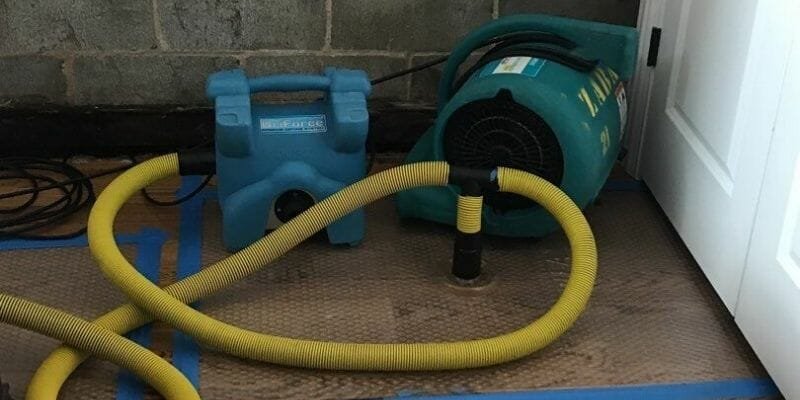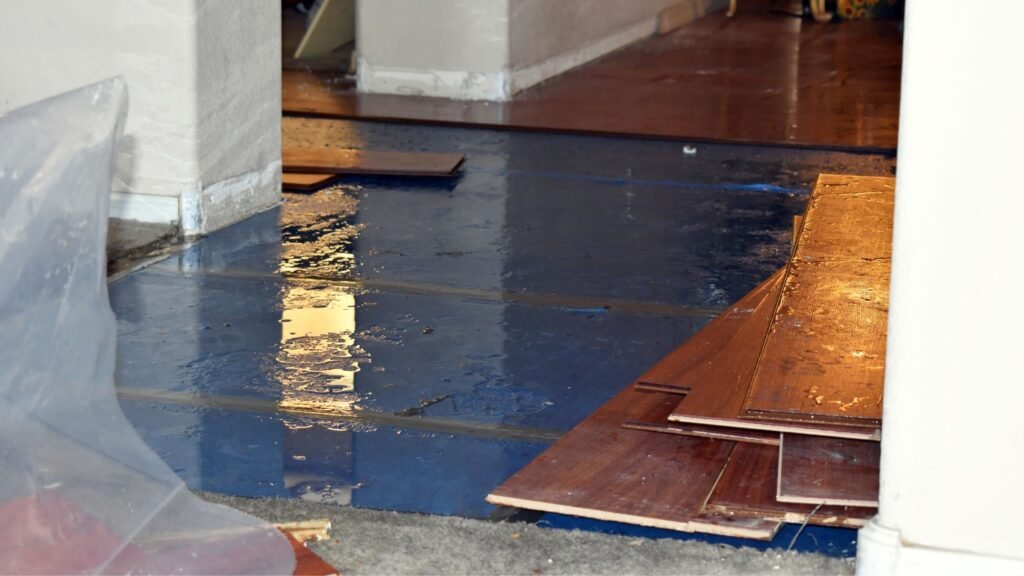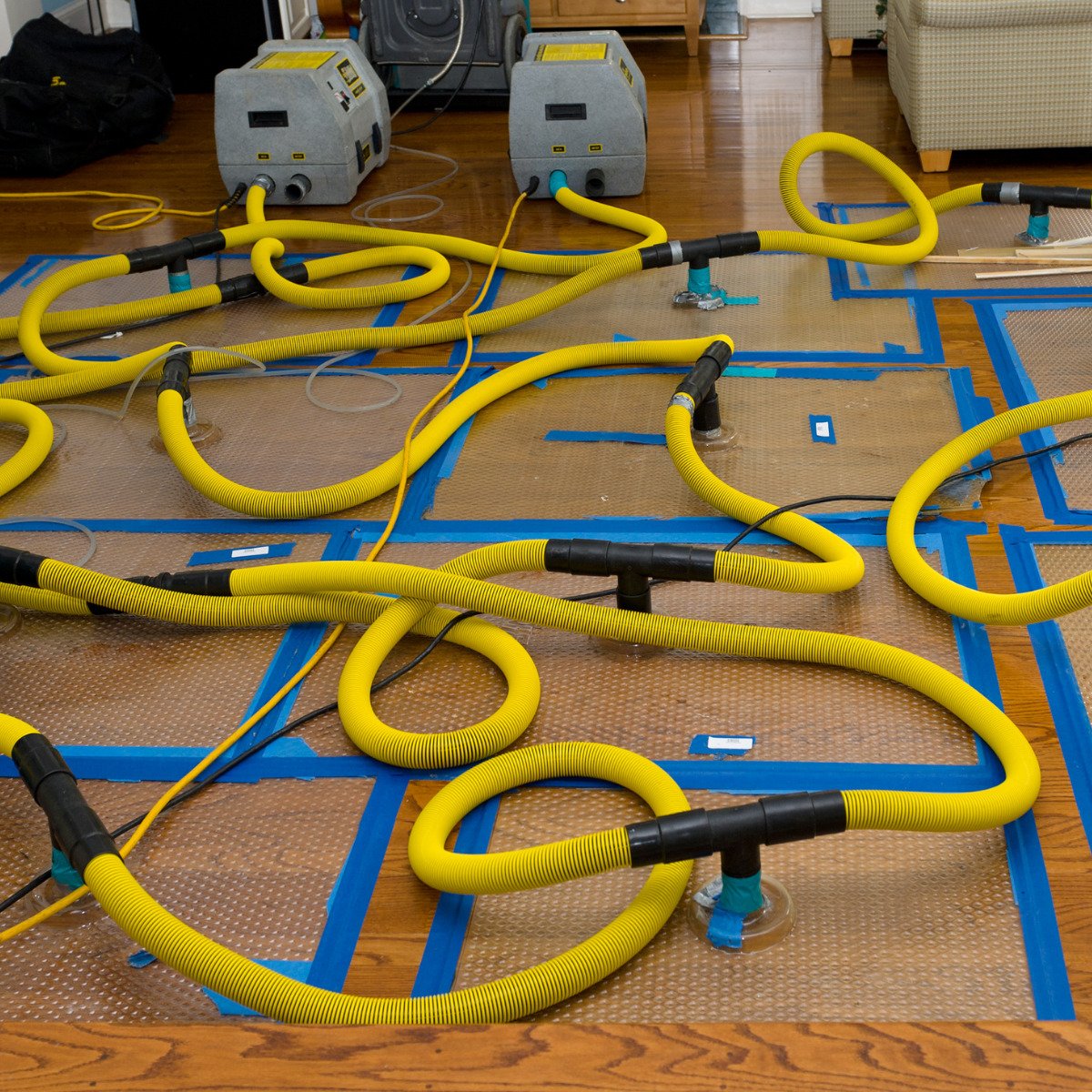Dealing with water damage is never fun. Whether it’s a burst pipe, a leaky roof, or a flood from a surprise San Diego storm, water can cause serious damage to your home or business if not handled quickly and correctly. That’s where water remediation comes in.
In this guide, we’ll walk you through the step-by-step process of effective water remediation, explain why it matters, and show you how San Diego Water Damage Pros can help get things back to normal fast.
What Is Water Remediation and Why It Matters
Water remediation is more than just mopping up a spill. It’s a thorough, strategic process that includes:
- Stopping the water source
- Removing standing water
- Drying out affected areas
- Cleaning and sanitizing
- Restoring damaged structures
Why does this matter? Because even small water leaks can lead to mold, structural damage, and health hazards if ignored.
In a coastal city like San Diego, CA, moisture and humidity can make these issues worse. That’s why acting fast and doing it right is crucial.
Step 1: Emergency Response and Inspection

Quick Response Is Key
Time is everything. The faster a professional team arrives, the more damage can be prevented. San Diego Water Damage Pros offers 24/7 emergency services, meaning help is always just a call away.
Initial Inspection
Once on-site, the team will:
- Identify the water source
- Assess how far the water has spread
- Determine the contamination level (clean, gray, or black water)
- Create a customized remediation plan
This sets the foundation for everything that follows.
Step 2: Stopping the Water Source
You can’t fix the problem if water is still coming in.
Whether it’s shutting off a main water line or patching a roof leak, stopping the source is always priority number one.
Step 3: Water Extraction
Removing Standing Water
Using industrial pumps and vacuums, professionals extract all standing water from floors, carpets, and other surfaces.
Why This Step Matters
Every second water sits increases the risk of:
- Warping wood
- Weakening drywall
- Promoting mold growth
Fast removal prevents long-term damage and makes the drying phase much easier.
Step 4: Drying and Dehumidification
Even after water is removed, moisture remains hidden in walls, floors, and air.
High-Powered Drying Equipment
- Air movers circulate dry air
- Dehumidifiers pull moisture from the air
- Moisture meters track progress
This step can take anywhere from 24 hours to several days, depending on the severity of the damage.
Step 5: Removing Damaged Materials
What Gets Tossed?
Some materials can’t be saved:
- Soaked drywall
- Carpet padding
- Insulation
- Paper products
- Fabric-covered furniture
If it’s beyond repair or could lead to mold, it has to go.
Salvaging Valuables
Restoration experts do everything they can to save furniture, electronics, and sentimental items, using specialized cleaning and drying techniques.
Step 6: Cleaning and Sanitizing
Water damage doesn’t just make things wet; it can leave behind bacteria, mold spores, and foul odors.
Sanitizing Surfaces
All affected surfaces are disinfected using EPA-approved cleaners to kill germs and prevent mold.
Odor Removal
Foggers and ozone machines help remove musty smells and freshen up the air.
Step 7: Mold Prevention
Mold can form within 24 to 48 hours, especially in humid coastal cities like San Diego.
Mold-Resistant Treatments
Technicians apply antimicrobial sprays and treatments in high-risk areas to prevent mold from forming.
Already Seeing Mold?
If mold has started to grow, a separate mold remediation process may be necessary.
Step 8: Structural Repairs
Once everything is clean and dry, it’s time to rebuild.
Common Repairs Include
- Replacing drywall
- Repainting walls
- Installing new flooring
- Fixing trim and baseboards
Some projects may require licensed contractors, especially if structural components are involved.
Step 9: Final Inspection and Testing
Before wrapping up, the remediation team performs a final walkthrough to make sure:
- All moisture has been removed
- Air quality is safe
- Repairs meet quality standards
You’ll also receive a report detailing everything that was done, which is great for insurance purposes.
Step 10: Handling Insurance Claims
Water damage can be expensive, but if you have insurance, your policy might cover most or all of the cost.
Working With Insurance
San Diego Water Damage Pros works directly with insurance companies to:
- Document damage with photos and reports
- Provide estimates and itemized invoices
- Assist with filing your claim
This helps speed up the process and reduces stress for you.
How Long Does Water Remediation Take
It depends on a few factors:
- Size of the affected area
- Type of water involved
- Materials damaged
- Weather and humidity levels
On average, expect the process to take 3 to 7 days, not including structural repairs which may add extra time.
Why Hire Local Experts in San Diego
Choosing a local company like San Diego Water Damage Pros has its benefits:
- Faster response times
- Knowledge of San Diego building codes
- Experience with local weather-related damage
Plus, supporting a local business keeps your money in the community.
Tips to Prevent Future Water Damage

Want to avoid dealing with this mess again? Here’s how:
- Regular Plumbing Inspections – Have your plumbing checked yearly to catch leaks early.
- Install Leak Detectors – Smart sensors near water heaters, sinks, and appliances can alert you to leaks instantly.
- Clean Your Gutters – Clogged gutters can overflow and send water into your home’s foundation or walls.
- Seal Windows and Doors – Check for gaps that could let rainwater sneak in, especially during San Diego’s rare storms.
Final Thoughts
Water remediation may seem overwhelming, but with the right team, it’s totally manageable.
By following this step-by-step process, starting with fast action and ending with full restoration, you can protect your home, health, and peace of mind.
If you’re dealing with water damage in San Diego, CA, don’t wait. San Diego Water Damage Pros is ready 24/7 to help you through every step of the process, from the first drip to full recovery.
FAQs
1. How long does water remediation take?
Typically, it takes 3 to 7 days for the remediation process, depending on the extent of damage.
2. Will my insurance cover water damage?
Most homeowner policies cover sudden and accidental damage, like burst pipes. Flood damage usually requires separate coverage.
3. Can I stay in my home during the process?
If the damage is minimal, yes. For severe cases or black water contamination, you may need to leave temporarily.
4. What should I do first after discovering water damage?
Turn off the water source, shut off electricity in affected areas, and call a professional water remediation team immediately.
5. How much does water remediation cost in San Diego?
Costs vary based on severity, but most homeowners pay between $1,500 and $5,000. Insurance may cover a large portion of it.

